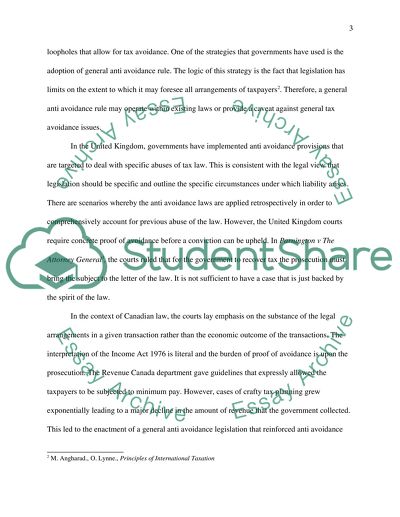Cite this document
(“International Taxation Essay Example | Topics and Well Written Essays - 2000 words”, n.d.)
International Taxation Essay Example | Topics and Well Written Essays - 2000 words. Retrieved from https://studentshare.org/finance-accounting/1451010-international-taxation
International Taxation Essay Example | Topics and Well Written Essays - 2000 words. Retrieved from https://studentshare.org/finance-accounting/1451010-international-taxation
(International Taxation Essay Example | Topics and Well Written Essays - 2000 Words)
International Taxation Essay Example | Topics and Well Written Essays - 2000 Words. https://studentshare.org/finance-accounting/1451010-international-taxation.
International Taxation Essay Example | Topics and Well Written Essays - 2000 Words. https://studentshare.org/finance-accounting/1451010-international-taxation.
“International Taxation Essay Example | Topics and Well Written Essays - 2000 Words”, n.d. https://studentshare.org/finance-accounting/1451010-international-taxation.


